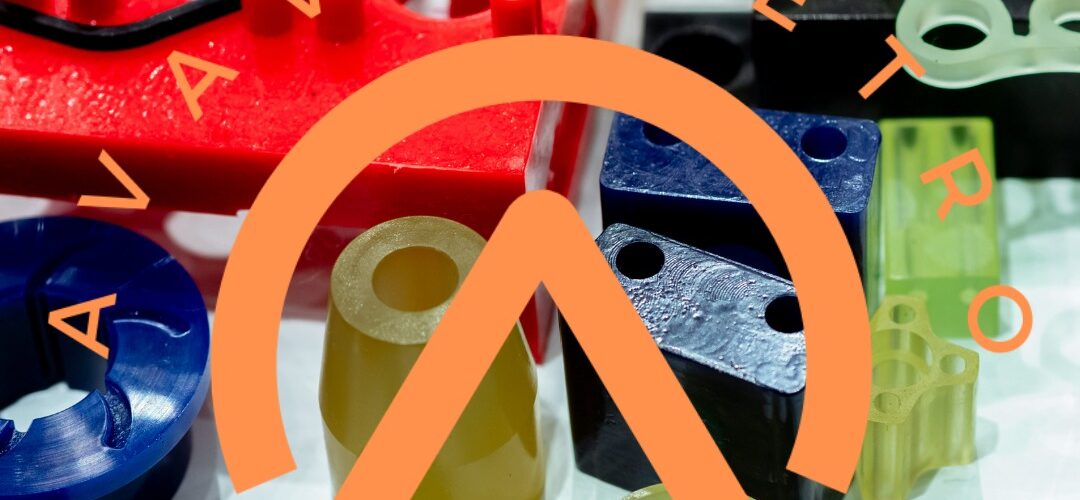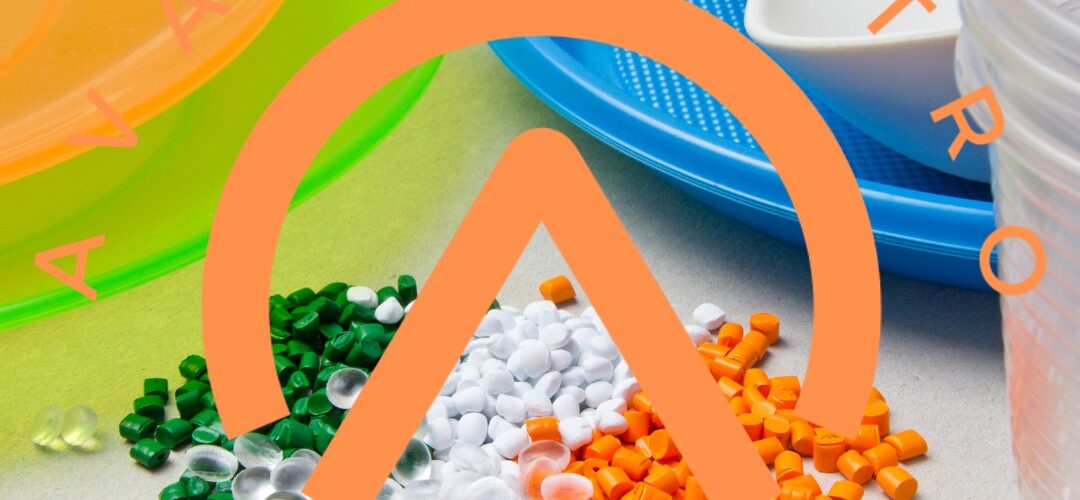Hardness and Heat Bending Temperature (HDT) Comparisons of PA6 and PA66: Understanding the Crucial Differences
In the realm of thermoplastics, Polyamide 6 (PA6) and Polyamide 66 (PA66) stand as two prominent materials known for their diverse applications, each possessing distinctive characteristics that play a pivotal role in various industries. This article delves into an in-depth comparison of the hardness and Heat Bending Temperature (HDT) between PA6 and PA66, unraveling the nuanced disparities crucial for informed decision-making in material selection.
- Understanding Polyamide 6 (PA6)
Polyamide 6, commonly referred to as PA6, represents a polymer material within the polyamide family, renowned for its exceptional mechanical strength, toughness, and versatility. It exhibits a robust resistance to wear and tear, making it an ideal choice for applications demanding durability. PA6 derives its strength from the molecular arrangement of its polymers, fostering resilience and flexibility in its structure.
- Hardness of PA6
The hardness of PA6 is a critical attribute contributing to its performance in various applications. It is measured on the Rockwell scale to determine the material’s resistance to indentation or surface penetration under specific loads. PA6 typically exhibits a Rockwell hardness in the range of 110 to 120, showcasing a notable robustness suitable for diverse industrial uses.
- Heat Bending Temperature (HDT) of PA6
The Heat Bending Temperature (HDT) of PA6 signifies its ability to withstand elevated temperatures without undergoing deformation. PA6 demonstrates an impressive HDT, generally ranging from 180 to 220 degrees Celsius. This property ensures that PA6 retains its structural integrity and dimensional stability under thermal stress, making it suitable for high-temperature applications such as automotive components and electrical insulators.
- Insight into Polyamide 66 (PA66)
Contrastingly, Polyamide 66, denoted as PA66, shares similarities with PA6 but possesses distinct properties that render it a formidable choice in numerous industrial settings. Its composition comprises a higher melting point and enhanced stiffness compared to PA6, making it well-suited for specific applications demanding stringent performance criteria.
- Hardness of PA66
PA66 exhibits a superior hardness compared to PA6, typically ranging between 120 to 130 on the Rockwell scale. This heightened hardness contributes to its ability to withstand impact and abrasion, making it an optimal choice for applications requiring increased toughness and resistance to wear.
- Heat Bending Temperature (HDT) of PA66
The Heat Bending Temperature (HDT) of PA66 surpasses that of PA6, showcasing a robust range between 220 to 250 degrees Celsius. This elevated HDT empowers PA66 to endure higher temperatures without deforming, making it an excellent choice for applications operating under extreme thermal conditions, such as in the aerospace and industrial machinery sectors.
- Comparative Analysis: PA6 vs. PA66
When juxtaposing PA6 and PA66 concerning hardness and Heat Bending Temperature (HDT), it becomes evident that both materials offer distinct advantages catering to diverse industrial requirements. PA6 excels in flexibility and impact resistance while maintaining commendable HDT values, making it suitable for a wide array of applications. Conversely, PA66 boasts higher hardness and superior HDT, ensuring exceptional performance in high-temperature environments and demanding conditions.
- Choosing the Ideal Material
Selecting between PA6 and PA66 depends on the specific demands of the intended application. For scenarios necessitating excellent toughness, flexibility, and moderate thermal resistance, PA6 stands as a compelling choice. In contrast, applications demanding heightened hardness and superior thermal stability, especially under extreme conditions, favor the use of PA66.
- Conclusion
In summary, the comparison of hardness and Heat Bending Temperature (HDT) between PA6 and PA66 reveals their individual strengths and suitability for diverse applications across various industries. Understanding the nuanced differences between these materials is imperative for making informed decisions in material selection, ensuring optimal performance and longevity in respective applications.
Written by Emir Narin










